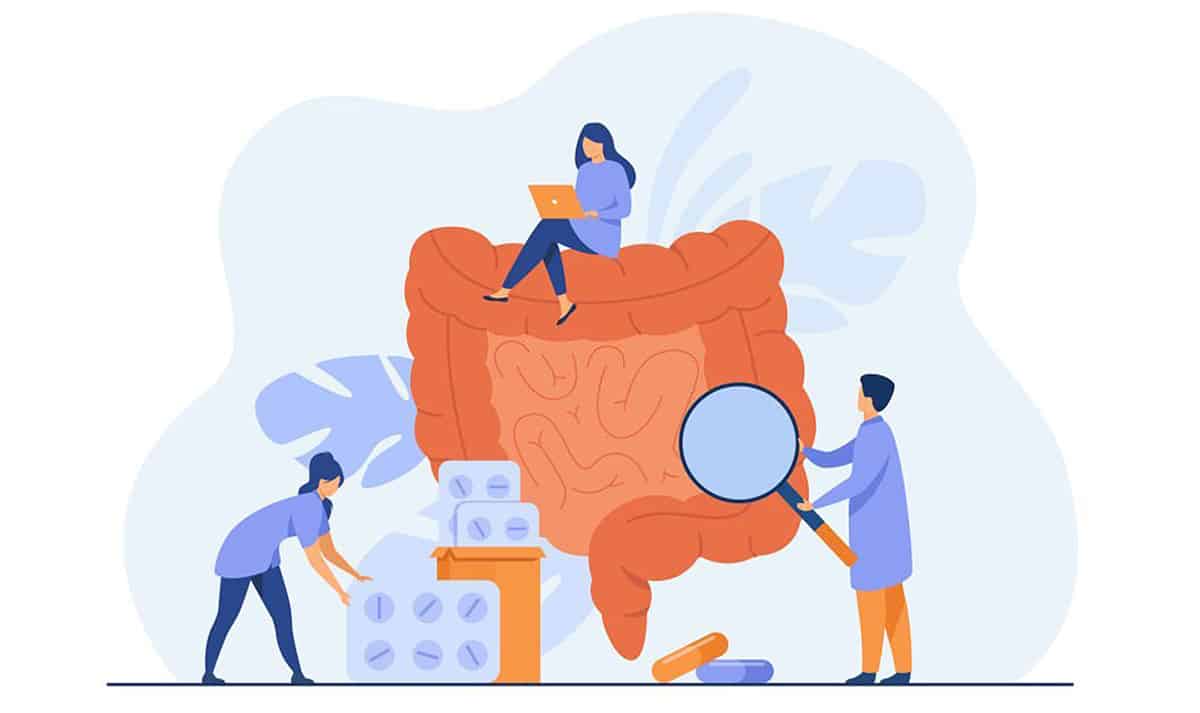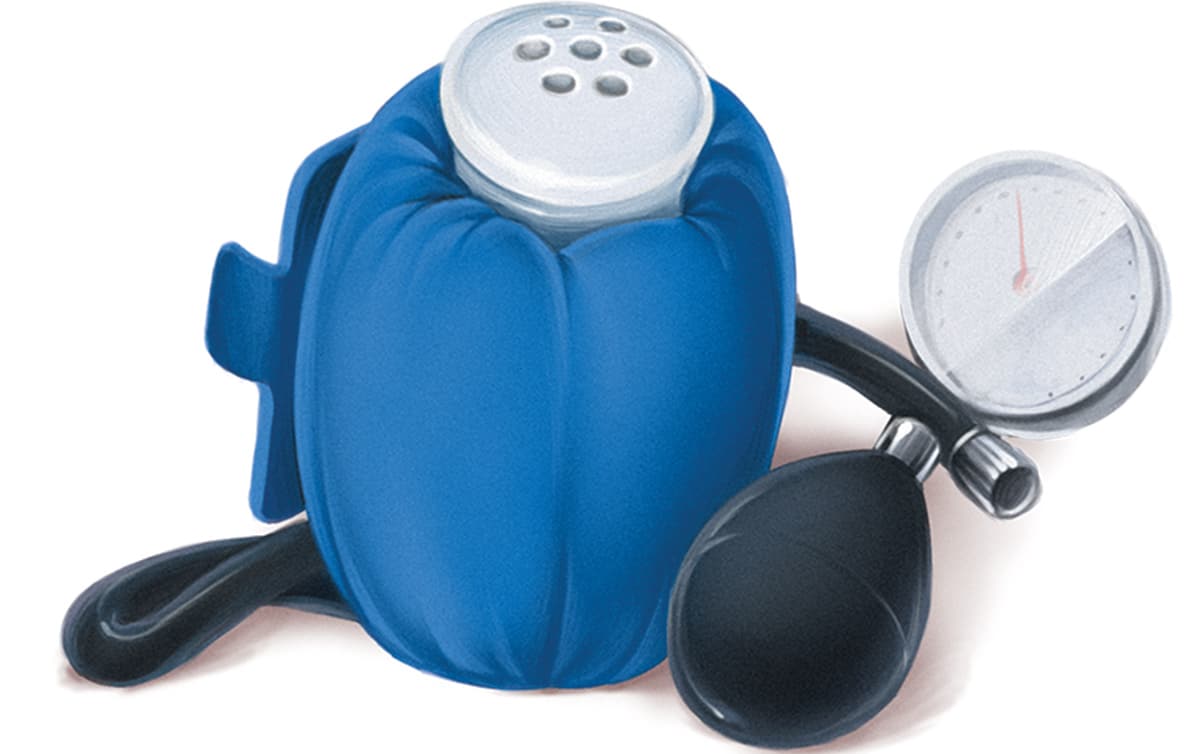
Dramatic stories about massive weight loss are inspiring to read, and a lot of people who start Paleo have very ambitious weight-loss goals - that’s great. Big goals are awesome! But it’s not like the health benefits of eating well only kick in after 50 pounds are gone. In fact, in some cases, the amount of weight loss necessary to see health benefits is actually pretty low.
So for people with more modest weight loss goals, or people with big goals who need some encouragement along the way, here’s a look at 5 common obesity-associated health problems that improve after a surprisingly small amount of weight loss. Each item also includes Paleo-specific tips for tweaking your diet, because why focus just on diet quantity when you could also nail down the quality of your food?
1. Joint Health
Joint health is one of the most commonly touted benefits of weight loss - and getting rid of joint pain can really be a huge improvement in quality of life. So how much weight loss does it take?
One common cause of joint pain in people with obesity (and people more generally) is osteoarthritis. This review found that a weight loss of 5.1 kilograms (just over 11 pounds) over 10 years reduced the risk of women developing knee osteoarthritis. The review also studied a bunch of studies finding that a 10% weight reduction was a good target for addressing both the actual physical damage and arthritis pain. This study wanted to see if more is better. The researchers found that 7.7% of body weight was the minimal percentage necessary to see a significant benefit, but people who lost more than 10% had even more benefits.
Extra Paleo tips for healthy joints: You can also improve your joint health by eating anti-inflammatory foods and getting enough gelatin and collagen in your diet.
Learn more about Paleo and osteoarthritis and Paleo for healthy bones and joints.
2. Diabetes Management/Insulin Sensitivity
If you thought a minimum of 7.7%-10% weight loss for better joint health was low, take a look at the numbers for improving blood sugar control.
This review looked at different diet and lifestyle interventions for people with type 2 diabetes. For each intervention, the authors noted (1) how much weight loss it caused, and (2) whether it had any real effect on blood sugar control. They found a cutoff at 5% of body weight: the only interventions that improved blood sugar control were the interventions that reduced body weight by at least 5%.
For the non-diabetics, here’s another study that went into a little bit more detail. The authors found that weight loss of at least 5% improved insulin sensitivity in fat tissue, liver, and muscles, and also had benefits for the beta cells (the cells in the pancreas that make insulin). 10% or more was even better.
Extra Paleo tips for improving insulin sensitivity: understand what insulin is and how it works, find a carb level that works for you, and get enough sleep!
3. Blood Pressure

Blood pressure isn’t about to be the combo breaker here: the evidence still shows that quite small weight reductions can have serious benefits for treating high blood pressure (hypertension). For instance, losing 5% of body weight can reduce systolic blood pressure by 3 mm Hg and diastolic by 2 mm Hg (for example, going from 130/90 to 127/88).
If you’re currently on blood pressure medication, here’s another study that might be interesting. The researchers specifically looked at people who were already taking antihypertensive drugs. They put them on a diet and exercise program for 3 months, and the subjects lost an average of 4.9% of their body weight. And it worked pretty well. In nearly 90% of patients with uncontrolled blood pressure (over 140/90 even with the drugs), just that small amount of weight loss was enough to get their blood pressure under control.
Extra Paleo tips for blood pressure management: check out 5 foods that help reduce blood pressure and the full story on sodium and potassium - it’s more complicated than a lot of people realize.
4. Fatty Liver
Fatty liver disease is one of the lesser-known but incredibly common health issues associated with excess body fatness (this can be true of people with a normal BMI or people who look thin: fat around your liver doesn’t always show on the outside).
“Fatty liver” is technically known as nonalcoholic fatty liver disease (NAFLD, because that’s a mouthful) or nonalcoholic steatohepatitis (NASH, because that’s even more of a mouthful). Basically, NAFLD is bad and NASH is worse. In this study, researchers spent an entire year following people with NASH. They divided people up into three groups:
- People who lost less than 5% of their body weight: some saw improvements in NASH
- People who lost 5-10% of their body weight: most had improvements in liver health or even resolution of NASH
- People who lost 10% or more of their body weight: all had improvements in liver health and 90% saw total resolution of NASH.
Based on that study’s results, weight loss of 5% is good, but at least 10% is optimal for improving liver health.
Extra Paleo tips for improving liver health: read up on the role of fructose in causing liver problems and the value of high-quality animal foods here.
5. Sleep Quality
How much weight loss does it take to improve your sleep? Again, for most people, it’s not a huge amount.
If you have sleep apnea, about 10% of body weight, or maybe even less. Not all sleep problems are sleep apnea, but other sleep issues also respond to pretty modest weight reduction. For instance, this study found that a 10% change in weight was enough to significantly affect the risk for sleep-disordered breathing in general (10% loss reduced the risk; 10% gain increased risk).
Extra Paleo tips for improving sleep quality : try these 4 foods for better sleep, learn more about sleep apnea, and maybe consider polyphasic sleep if that works better for you.
Is it the Weight Loss or the Diet?
If you’re skeptical that a 5-10% loss in body weight could really cause all those health improvements, you’re not alone. If obesity is supposedly so bad for your health, it seems really weird that a 300-pound woman could lose 15 pounds (5% of her body weight) and be much healthier, even though at 285 pounds she might still be obese. If the simple presence of a lot of fat tissue causes health problems, why would such small changes in body mass have such big effects?
In response to this, some researchers (call them Team Diet Quality) have suggested that the health benefits of weight loss actually come from eating a better diet, not the reduction in fat tissue. Most weight-loss diets in these studies focused on eating more fruits and vegetables, less sugar, and less processed food in general. These diets were (a) more nutrient dense, anti-inflammatory, etc., and also (b) lower in calories. Team Diet Quality would argue that (a) is causing the health improvements while (b) causes weight loss for unrelated reasons.
It’s an interesting question, and it’s possible that both are going on at the same time (in fact, improving the nutrient quality of your diet may actually make weight loss easier). But if you’re already eating Paleo for weight loss, it’s not an really pressing practical problem. Does Paleo improve health by causing weight loss, or does it improve health and also cause weight loss independently for unrelated reasons? Either way, people who need to lose weight typically end up with both weight loss and health improvements from a Paleo-style diet.
In Conclusion: Use the Numbers as Encouragement
Maybe the best way to look at all these numbers is to take them as encouragement when the struggle to break through a plateau or maintain a weight loss gets hard. It’s kind of encouraging to know that even if you’ve stalled out with the last 10 or 15 pounds to go and the scale isn't rewarding all your hard work in the past few weeks, you've still made huge strides in your overall health.
Maybe those benefits came from weight loss directly or maybe eating Paleo caused both the health benefits and the weight loss independently - or maybe both, but either way, eating a nutrient-dense, anti-inflammatory, gut-healing diet that puts calorie intake on cruise control is a great way to lose weight if you need to and improve your health in the process.





Leave a Reply